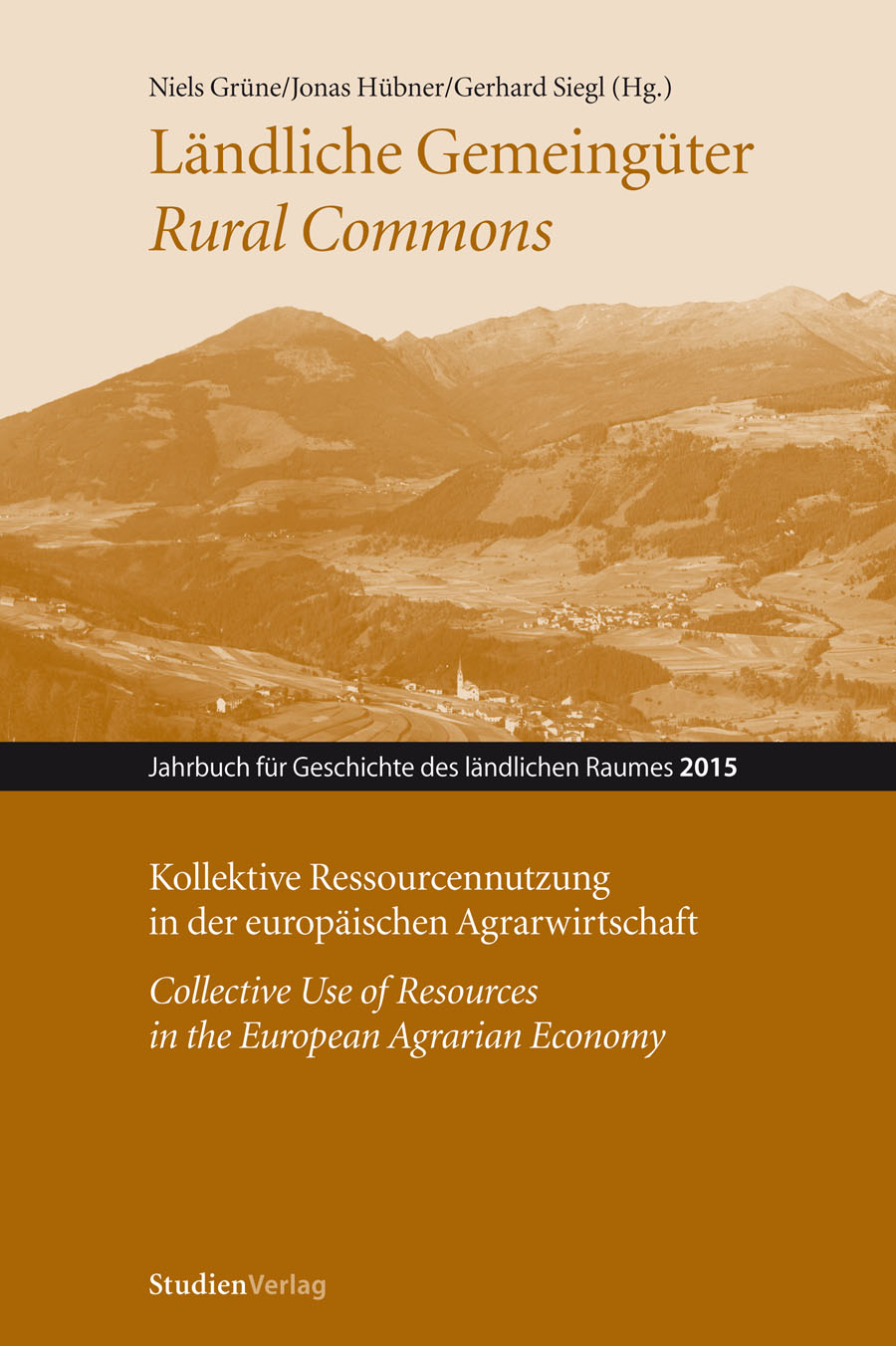Common land and collective property in pre-Alpine and Alpine Switzerland
Tensions regarding access to resources and their allocation (Middle Ages–twentieth century)
DOI:
https://doi.org/10.25365/rhy-2015-18Abstract
Today, a large area of upland Switzerland is still collectively owned, especially in the central and eastern parts of the country according to different political conceptions. The size of the land owned by rural corporations varied and still varies enormously depending on the period in which they were created and their capacity to acquire common land over the centuries. The resources were by no means limited to grazing land, meadows, wood and forest but
could also include vineyards, peat, sand pits and quarries, roads, rivers and lakes. Due to the marked growth in population since the sixteenth century a number of rules limiting the access to these common-pool resources were progressively adopted. They were at the root of enduring conflicts right up to the end of the nineteenth century. They concerned the beneficiaries of the commons – originally only those who possessed local citizenship and not even
all of these – that in turn led to a restrictive policy towards those who did not belong to the traditional group of users. Within the rural corporations, tensions arose with regard to the use of the so-called valley common land, which was periodically reappraised according to the economic situation. But there were also latent tensions between neighbouring corporations, as nearly all corporations had a policy of increasing their common land when they could, and this often meant encroaching on the property of their neighbours.


